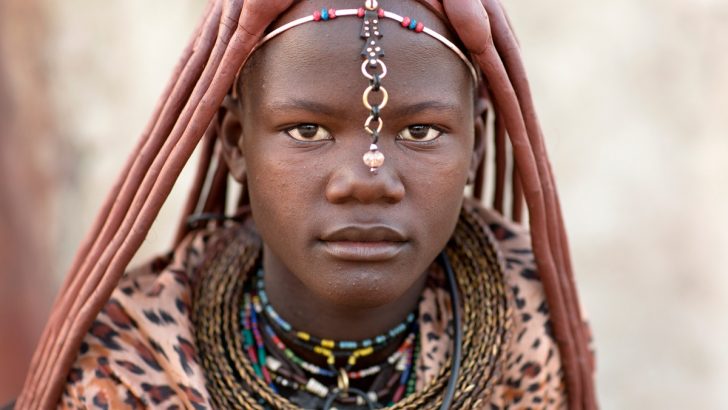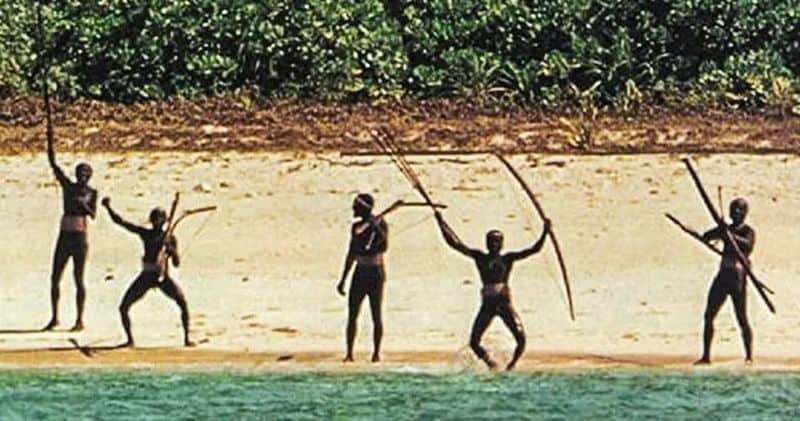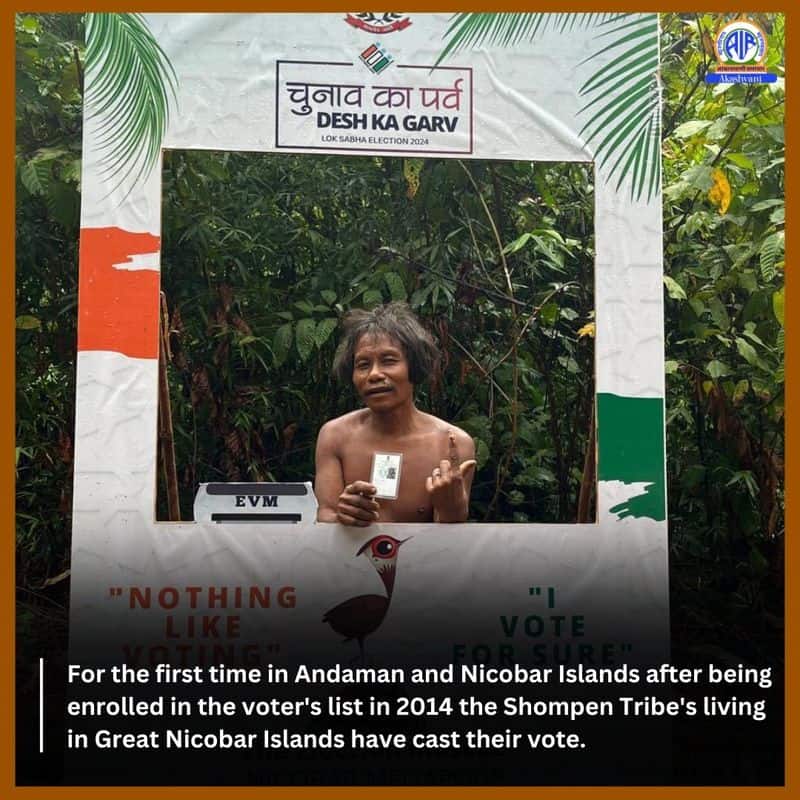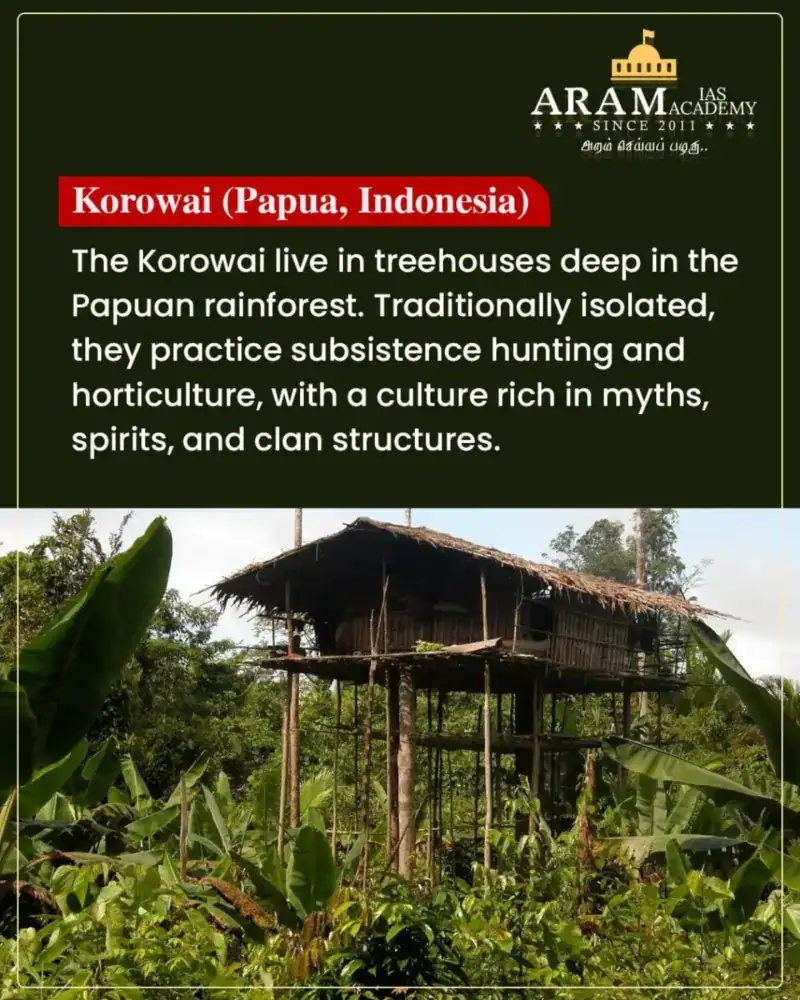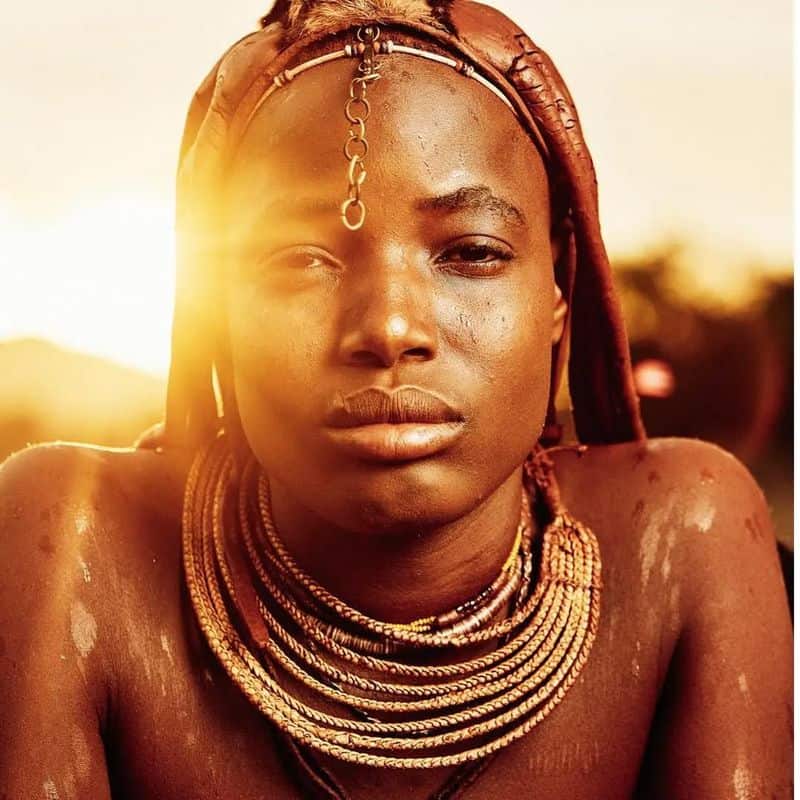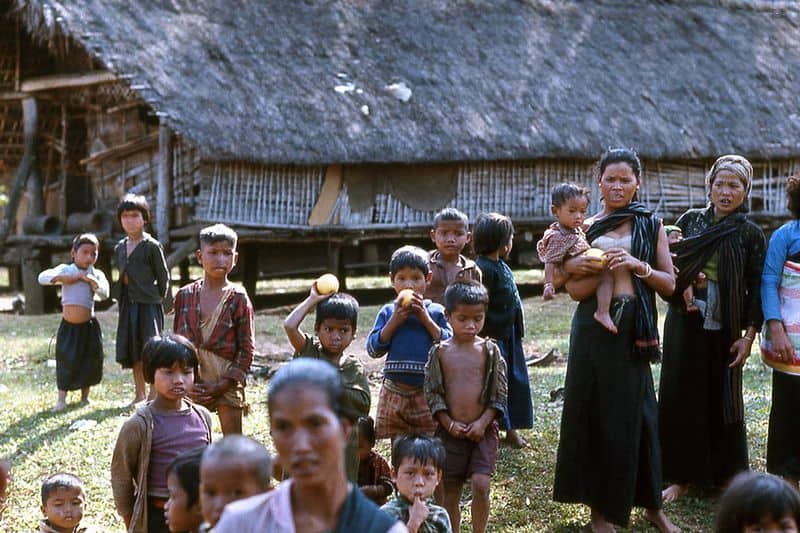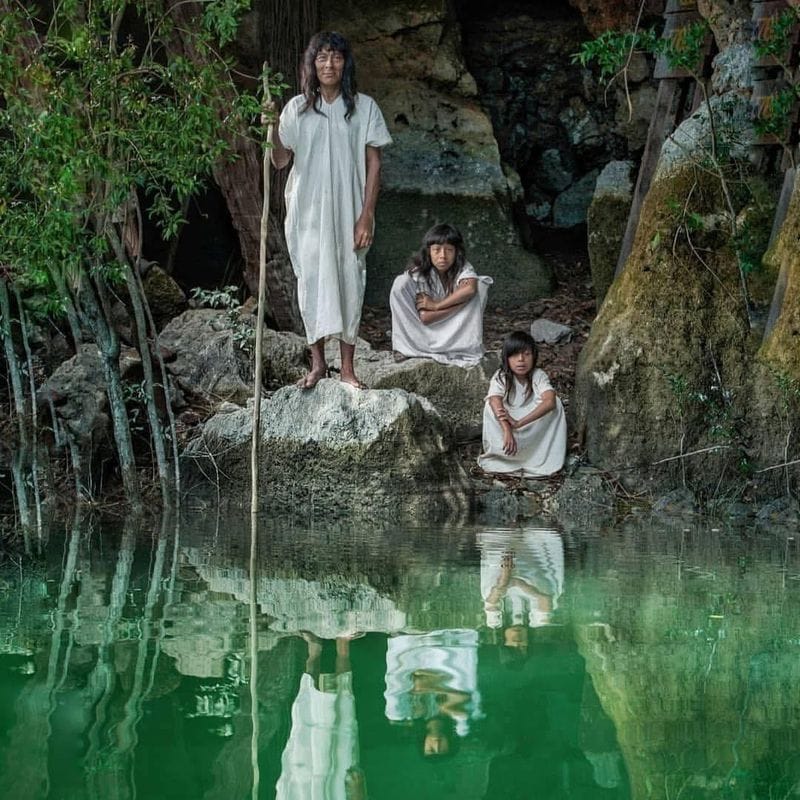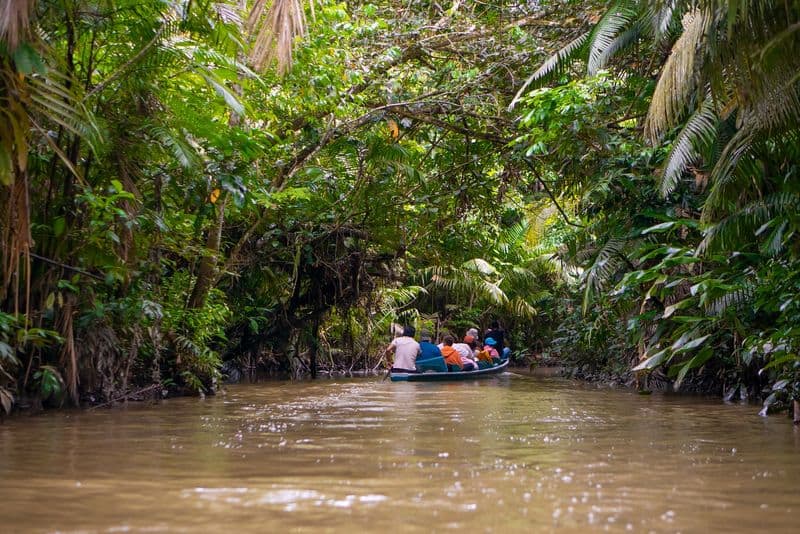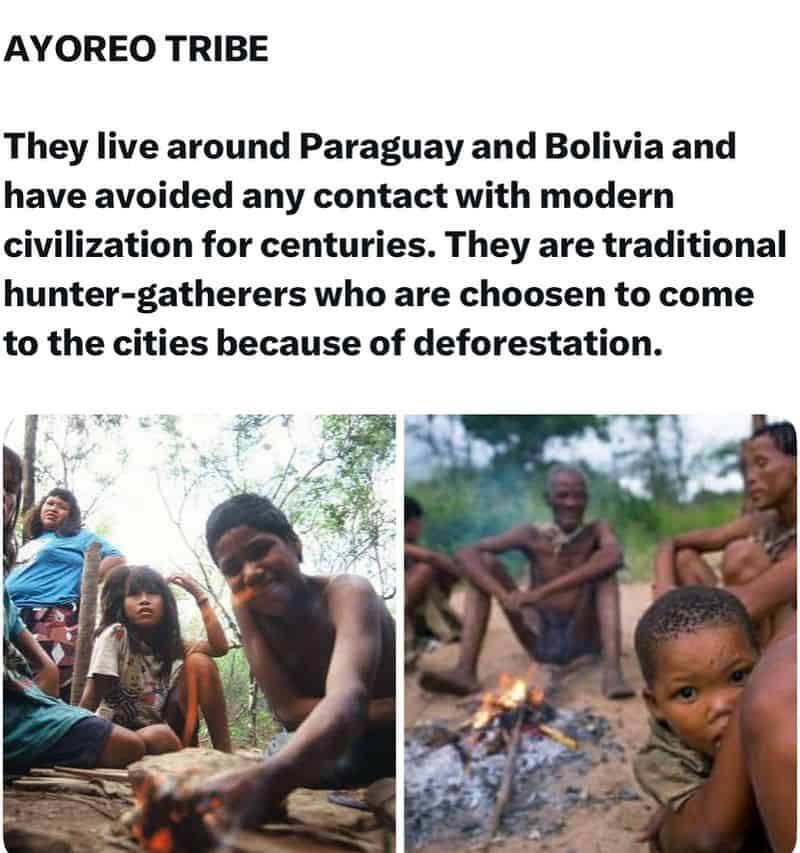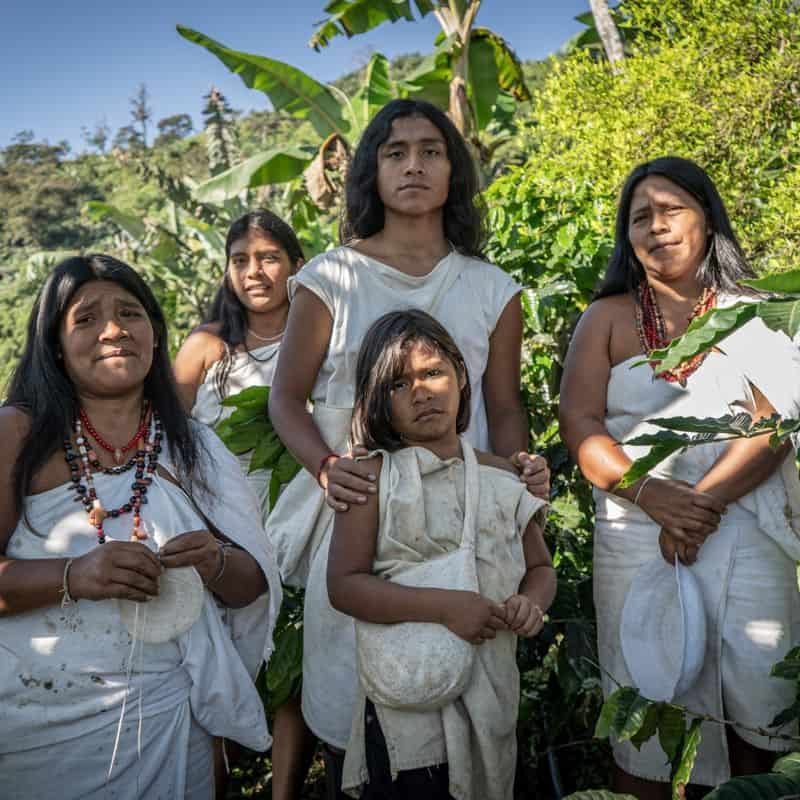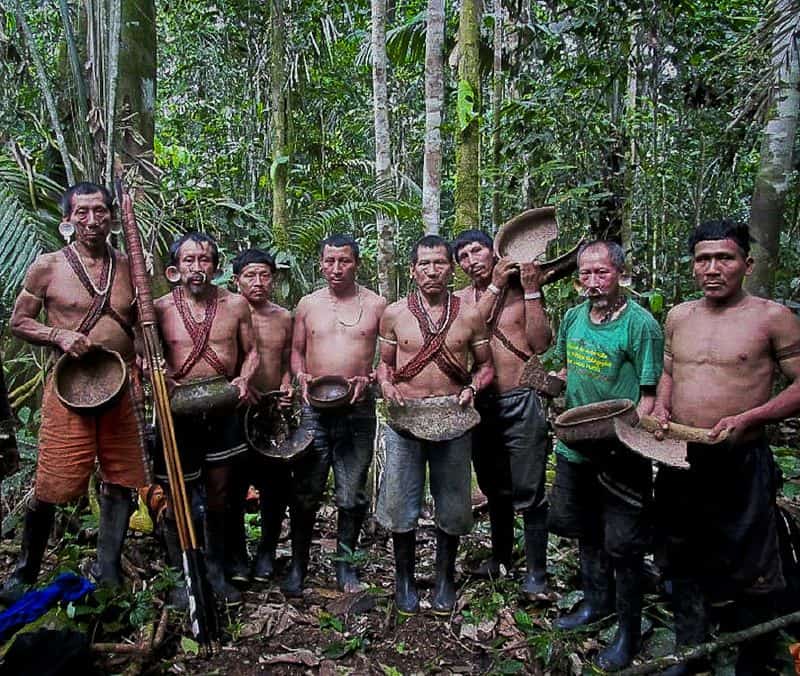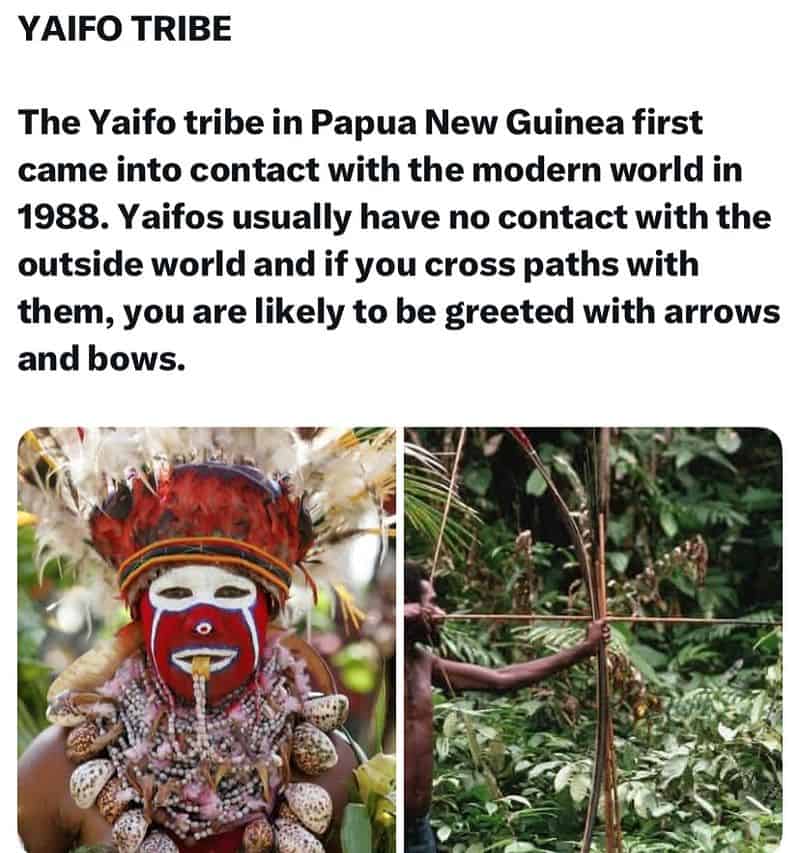Hidden from the modern world, certain societies have chosen to live apart from global civilization.
These communities maintain ancient traditions, languages, and ways of life that have remained largely unchanged for centuries.
From dense jungles to remote islands, these isolated groups offer a fascinating glimpse into alternative human experiences that exist parallel to our interconnected world.
1. Mysterious Guardians of North Sentinel Island
Arrows fly toward any boat that approaches too close to the shores of North Sentinel Island in the Bay of Bengal. The Sentinelese people, numbering perhaps 50 to 200 individuals, fiercely protect their isolation.
In 2018, an American missionary who illegally approached the island was killed, highlighting the tribe’s determination to avoid outside contact. The Indian government enforces a strict no-contact policy, maintaining a 3-mile exclusion zone around the island.
Despite living just miles from modern civilization, the Sentinelese continue their hunter-gatherer lifestyle, fashioning tools and weapons from island materials. Their language, customs, and genetic makeup remain completely undocumented by the outside world.
2. Forest Dwellers of the Great Nicobar
Living in the dense jungles of Great Nicobar Island, the Shompen people have maintained their traditional lifestyle despite the modern world creeping closer. Their population hovers around just 400 individuals.
Skilled hunter-gatherers, they construct temporary shelters from forest materials and move seasonally through their territory. The Shompen have occasionally traded with outsiders but generally prefer minimal contact.
Recent development plans for Great Nicobar Island threaten their isolated existence. Conservation efforts aim to protect both the pristine ecosystem and the Shompen’s right to maintain their traditional lifestyle without unwanted interference from the increasingly encroaching modern civilization.
3. Treetop Society of Papua
High above the forest floor, families of the Korowai tribe sleep in remarkable treehouses built up to 140 feet off the ground. These structures aren’t just homes—they’re fortresses against both natural flooding and perceived supernatural threats.
First contacted by outside researchers only in 1974, many Korowai had no idea other human societies existed beyond their forest. They developed sophisticated hunting techniques using bows and arrows fashioned from local materials.
Though some Korowai now interact with visitors, others have retreated deeper into Papua’s rainforests. Their ingenious architecture and self-sufficient lifestyle represent one of humanity’s most remarkable adaptations to challenging environments, accomplished entirely independent of global knowledge systems.
4. Red-Ochre Nomads of Southern Africa
Smeared with a distinctive mixture of red ochre, butter, and herbs that gives their skin and hair a reddish tint, the Himba people stand out dramatically in their arid homeland. This semi-nomadic tribe maintains ancient traditions across remote regions of Namibia and Angola.
Women spend hours each morning applying otjize paste—their red ochre mixture—which serves as both sunscreen and symbolic purification. Water scarcity shapes their culture; they practice “smoke baths” rather than washing with precious water.
Despite increasing tourism interest, many Himba communities maintain traditional practices unchanged for centuries. Their complex social structure, distinctive appearance, and pastoral lifestyle represent one of Africa’s most visually striking examples of cultural continuity in the face of modernization pressures.
5. Cave Dwellers of North Vietnam
“Cave People” isn’t just a nickname—it’s a literal description of the Ruc tribe’s traditional lifestyle. Nestled in the limestone caves of North Vietnam’s remote mountains, they’ve lived largely separated from mainstream Vietnamese society.
Their population has grown from around 100 to 600 people over the past half-century. The Ruc developed specialized knowledge of forest medicine and survival techniques uniquely adapted to their cave-dwelling existence.
Government efforts to relocate them to permanent settlements have met with mixed success. Many Ruc prefer their traditional homes and foraging practices, finding modern housing uncomfortable and restrictive. Their distinctive language and cultural practices remain poorly documented by outside researchers.
6. Last of the Maya in Mexico’s Hidden Jungle
Flowing white tunics contrast sharply with the lush green backdrop of Chiapas’ Lacandón Jungle, where Mexico’s most isolated indigenous group maintains ancient Mayan traditions. Their long hair and uncut beards give them a distinctive appearance that hasn’t changed for centuries.
Once numbering in the thousands, today fewer than 1,000 Lacandón Maya remain. They practice traditional slash-and-burn agriculture while worshipping at ancient temple sites largely abandoned by other Mayan groups.
Deforestation threatens both their physical homeland and cultural identity. Some communities welcome limited ecotourism, while others retreat deeper into shrinking forest territories. Their unique dialect preserves linguistic elements lost from other Mayan languages, making them living connections to pre-Columbian Mesoamerican civilization.
7. Voluntary Isolationists of Ecuador’s Amazon
Footprints in the mud and occasional glimpses are all that confirm the continued existence of the Tagaeri and Taromenane peoples. These two indigenous groups roam Ecuador’s Yasuni National Park, actively avoiding all contact with the outside world.
Ecuador’s government has established an “Intangible Zone” where entry is forbidden to protect these voluntarily isolated communities. Despite this protection, illegal logging and oil exploration threaten their territory and way of life.
Anthropologists estimate these groups split from other indigenous communities in the 20th century, specifically to escape the rubber boom’s violence. Their exact population remains unknown, but evidence suggests they maintain a traditional hunter-gatherer lifestyle while deliberately evading contact with the modern world.
8. Defenders of the Gran Chaco Wilderness
Armed with bows and spears, uncontacted bands of Ayoreo people navigate the harsh scrubland of the Gran Chaco region spanning Paraguay and Bolivia. Their nomadic lifestyle reflects deep ecological knowledge of this challenging environment.
Many Ayoreo were forcibly contacted by missionaries in the mid-20th century, but several groups escaped deeper into the wilderness. They face mounting pressure as cattle ranchers and industrial agriculture rapidly clear their ancestral lands.
Distinctive scars on trees mark their territory boundaries and communication systems. Those Ayoreo who have later made contact report sophisticated medicinal knowledge and complex spiritual beliefs developed in isolation. Their continued existence represents one of South America’s most significant examples of indigenous resistance to outside intrusion.
9. Mountain Guardians of Ancient Wisdom
Dressed entirely in white, the Kogi people believe themselves to be guardians of Earth’s balance from their isolated mountain homeland in Colombia. They call themselves the “Elder Brothers” of humanity, tasked with maintaining cosmic harmony through spiritual practices.
Their civilization retreated higher into the Sierra Nevada de Santa Marta mountains 500 years ago to escape Spanish colonization. Kogi children selected for religious leadership spend their first nine years in dark caves, learning to communicate with the spiritual world before seeing daylight.
Unlike many isolated societies, the Kogi occasionally initiate contact with outsiders—but only to deliver warnings about environmental destruction. Their sustainable agricultural practices and spiritual worldview represent an unbroken indigenous tradition dating back to pre-Columbian Tairona civilization.
10. Club Wielders of Western Amazonia
Carrying massive hardwood clubs that serve as both tools and weapons, the Korubo people navigate the remote tributaries of Brazil’s Javari Valley. Known to neighboring tribes as “head-bashers” for their distinctive weapons, they’ve had minimal and often violent interactions with outsiders.
First peaceful contact occurred only in 1996, when FUNAI (Brazil’s indigenous protection agency) expedition located a small band. Subsequent contacts revealed a sophisticated understanding of rainforest pharmacology and hunting techniques.
Several Korubo bands remain completely uncontacted, moving through dense jungle as semi-nomadic hunter-gatherers. Disease transmission presents a grave threat—even common viruses can devastate communities with no immunity. Their territory now faces increasing incursions from illegal gold miners and loggers despite government protection efforts.
11. Valley Dwellers of Prehistoric Practices
Nestled in the hidden valleys of Papua New Guinea’s highlands, the Yaifo people were one of the last contacted societies on Earth. Explorer Benedict Allen’s visits in 1988 and 2017 represent some of the only documented interactions with this reclusive community.
Their initiation ceremonies involve painful rituals that leave distinctive scarification patterns. The Yaifo maintain traditional stone tools and fire-making techniques largely unchanged for thousands of years.
Geographic isolation protects their autonomy—reaching their territory requires crossing rugged mountain ranges with no roads or navigable rivers. Their language remains undocumented by linguists, and their exact population unknown. As one of the world’s last societies maintaining prehistoric technological practices, they represent a direct link to humanity’s ancient past.

